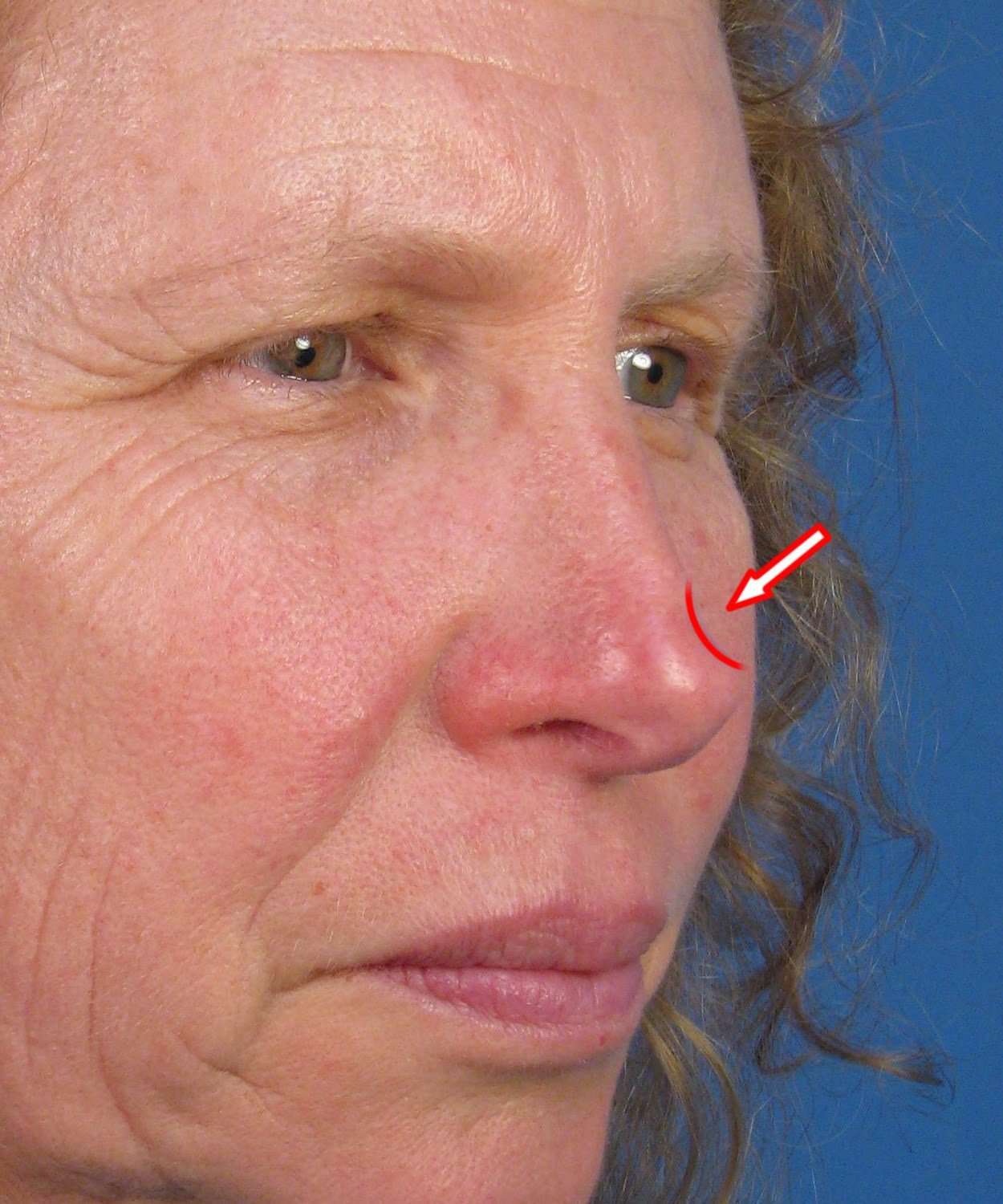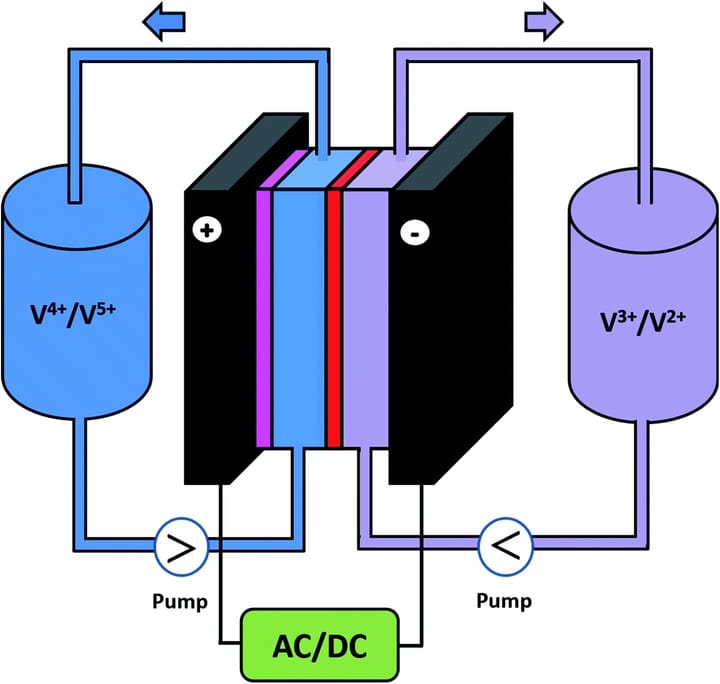Understanding Red Spot Skin Cancer on the Nose

What is Red Spot Skin Cancer on the Nose?
Red Spot Skin Cancer on the Nose refers to a type of skin cancer that develops on the nose, often appearing as a red patch or bump. This condition can be either basal cell carcinoma or melanoma, both of which require prompt medical attention to prevent further complications.
Understanding the Types of Red Spot Skin Cancer
There are two primary types of skin cancer that can cause red spots on the nose:
- Basal Cell Carcinoma (BCC): The most common type of skin cancer, BCC typically appears as a small, shiny, or pearly bump or patch on the nose. It may also have a crusty or bleeding appearance.
- Melanoma: A more aggressive and potentially life-threatening type of skin cancer, melanoma can appear as a new or changing mole on the nose. It may have an irregular shape, color, or size.
Causes and Risk Factors
Red Spot Skin Cancer on the Nose can be caused by:
- Prolonged exposure to UV radiation from the sun or tanning beds
- Genetic predisposition
- Weakened immune system
- Previous skin cancer or precancerous lesions
Importance of Early Detection
Early detection and treatment of Red Spot Skin Cancer on the Nose are crucial for preventing further complications, such as:
- Disfigurement or scarring
- Spread to surrounding tissues or organs
- Reduced treatment options
Causes and Risk Factors
Understanding the causes and risk factors of red spot skin cancer on the nose is crucial for early detection and prevention. Several factors contribute to the development of this condition, including:
UV Light Exposure
Exposure to UV light is a significant risk factor for developing skin cancer on the nose. UV radiation from the sun or tanning beds damages the skin cells' DNA, leading to mutations and uncontrolled cell growth. Prolonged exposure, especially during peak hours, increases the risk.
Genetic Predisposition and Fair Skin
Individuals with fair skin, a history of sunburns, and genetic predisposition are more susceptible to skin cancer. Fair skin has less melanin, offering limited protection against UV radiation. A family history of skin cancer or genetic conditions like albinism increases the risk.
Additional Risk Factors
Other factors that contribute to the development of red spot skin cancer on the nose include:
- Age: Risk increases with age, especially after 50
- Previous skin cancers or precancerous lesions
- Weakened immune system due to medications or conditions
- Exposure to certain chemicals or toxins
Being aware of these causes and risk factors can help you take preventive measures and monitor your skin for suspicious changes.
Symptoms and Identification
Identifying red spot skin cancer on the nose can be a crucial step in early detection and treatment. The symptoms may vary, but there are some common signs to look out for:
Red Spots or Patches
One of the primary symptoms of skin cancer on the nose is the appearance of red spots or patches that don't heal or go away. These spots may be flat or raised, and they can be tender to the touch. If you notice a red spot on your nose that persists for more than two weeks, it's essential to consult a doctor.
Bleeding, Scaling, or Changes in Appearance
Other symptoms of skin cancer on the nose include bleeding, scaling, or a change in the appearance of the nose. You may notice that the nose becomes misshapen, or the skin becomes thicker or thinner. In some cases, the cancer may cause the nose to become inflamed or swollen.
It's crucial to remember that these symptoms can also be caused by other conditions, so a proper diagnosis from a doctor is necessary to determine the cause of the symptoms.
Treatment Options and Prognosis
Early Detection and Improved Prognosis
Early detection and treatment can significantly improve the prognosis for skin cancer on the nose. When caught in its initial stages, skin cancer is highly treatable, and the chances of successful treatment and recovery are greatly enhanced.
Treatment Options
Treatment options for skin cancer on the nose include:
- Surgery: Surgical excision is often the primary treatment for skin cancer on the nose. The goal of surgery is to remove the cancerous tissue while preserving as much healthy tissue as possible.
- Adjuvant Immunotherapy: Immunotherapy can be used in conjunction with surgery to stimulate the immune system to fight cancer cells. This treatment can help prevent the recurrence of cancer.
- Other Therapies: Other treatment options may include radiation therapy, chemotherapy, and targeted therapy. These treatments may be used in combination with surgery or as an alternative for patients who are not candidates for surgery.
Prognosis
The prognosis for skin cancer on the nose is generally good, especially when detected early. With proper treatment, the five-year survival rate for skin cancer on the nose is high. However, it's essential to continue monitoring for any signs of recurrence and seeking medical attention if any unusual changes occur.
Prevention and Awareness
Protecting Your Skin from Harm
Preventing skin cancer on the nose requires a multi-faceted approach that includes protecting the skin from UV light, wearing sunscreen, and being aware of changes in the skin. Here are some ways to reduce your risk:
UV Protection
UV radiation from the sun or tanning beds increases the risk of skin cancer. When going outside, seek shade, especially during peak sun hours (10am-4pm). Wear protective clothing, including a wide-brimmed hat and long-sleeved shirts.
Sunscreen and Lip Balm
Use a broad-spectrum sunscreen with at least SPF 30 and apply it every two hours or immediately after swimming or sweating. Don't forget to apply lip balm with SPF to protect your lips.
Self-Examinations and Check-Ups
Regular check-ups and self-examinations can help detect skin cancer early. Look for changes in the size, shape, or color of moles or spots on your nose. If you notice anything unusual, consult a dermatologist.
Awareness and Education
Stay informed about skin cancer risk factors, symptoms, and prevention methods. Share your knowledge with others to promote awareness and early detection.










Comments ()